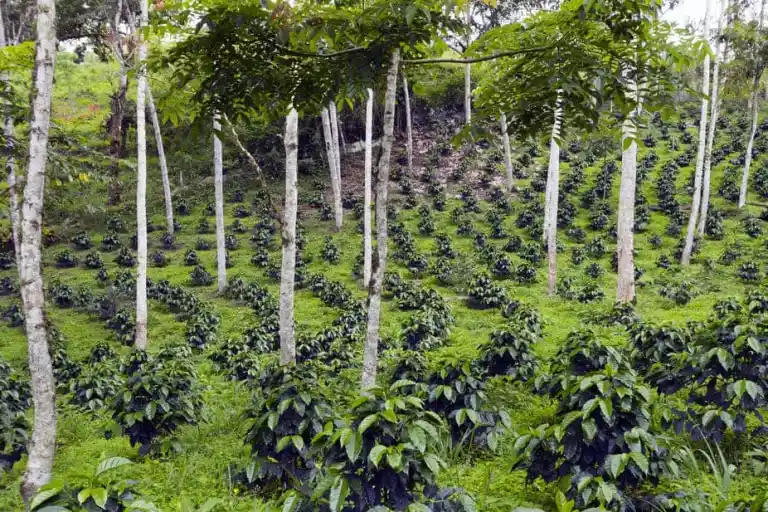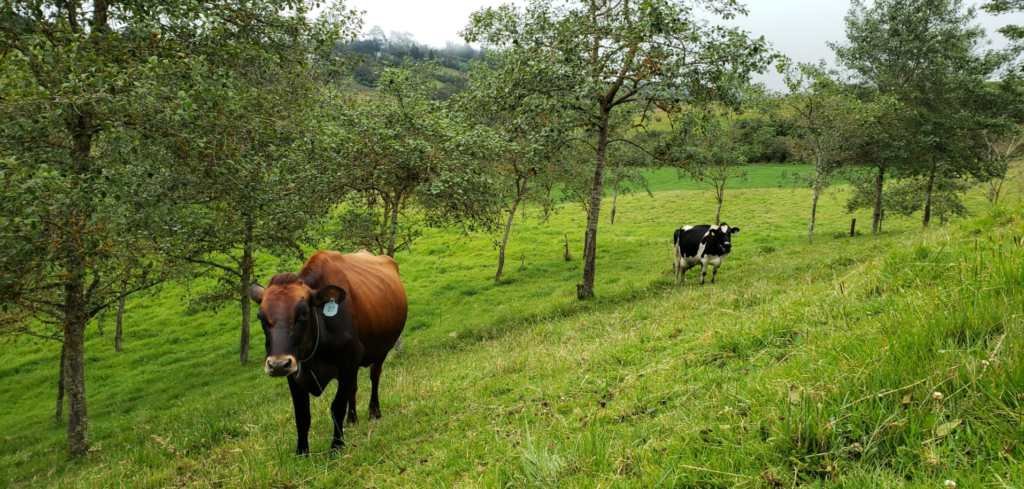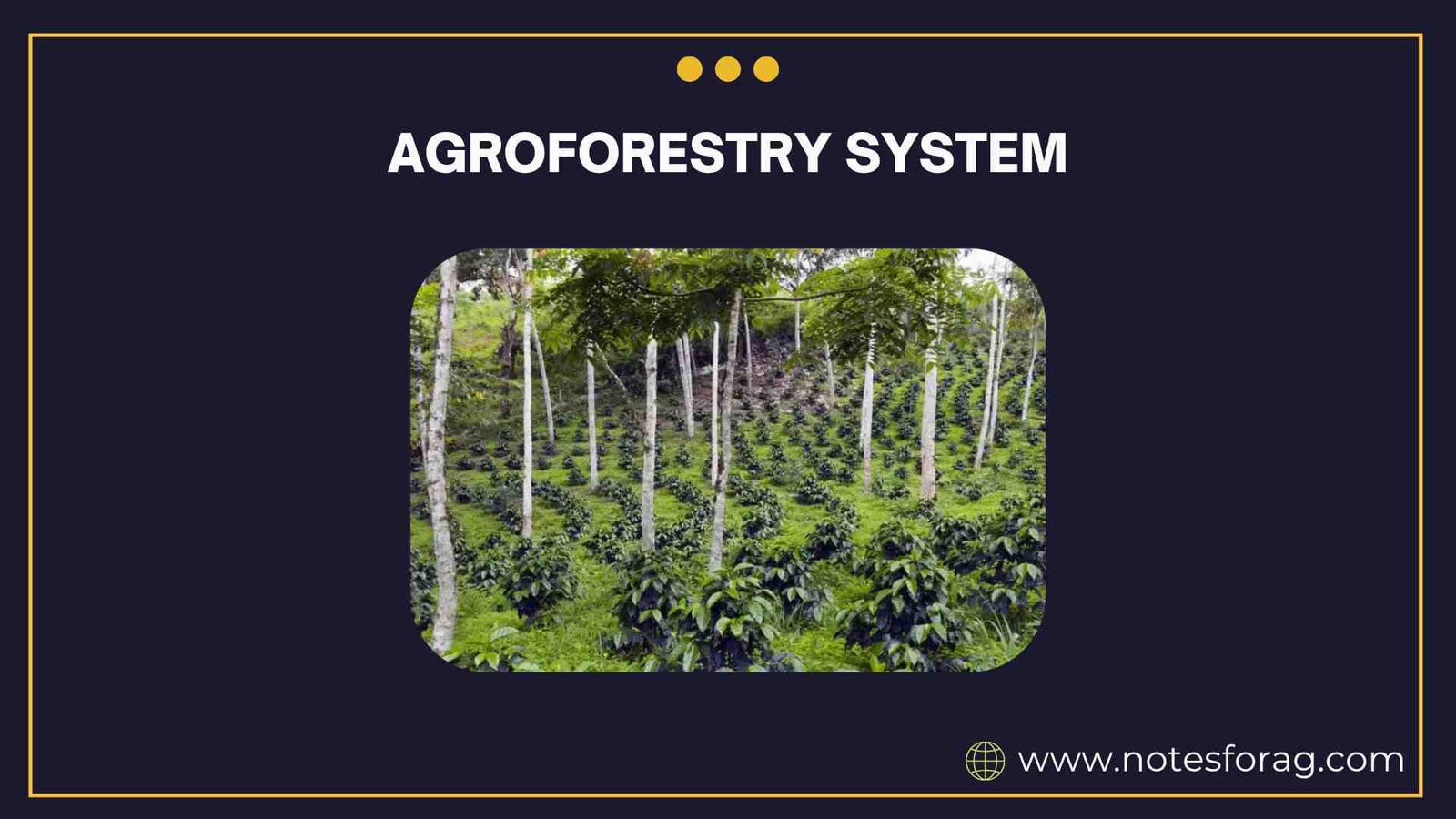INTRODUCTION
Agroforestry is a sustainable land use system that integrates trees, crops, and sometimes livestock on the same land management unit. This practice combines agricultural and forestry technologies to create more diverse, productive, profitable, healthy, and sustainable land-use systems. Agroforestry improves biodiversity, enhances soil fertility, provides shade, acts as windbreaks, and contributes to climate change mitigation by sequestering carbon.
SUMMARY OF AGROFORESTRY
- Agroforestry is a sustainable land-use system that combines agriculture and forestry for better productivity and ecosystem health.
- It provides economic benefits like diversified income and environmental advantages such as improved soil and water conservation.
- Agroforestry supports biodiversity, reduces deforestation, and promotes climate resilience in farming communities.
Table of Contents
IMPORTANCE OF AGROFORESTRY
Agroforestry offers numerous environmental, economic, and social benefits. It stabilizes ecosystems, diversifies income sources for farmers, conserves biodiversity, and helps reduce deforestation. Agroforestry systems also improve water retention, prevent soil erosion, and act as carbon sinks. In areas prone to drought, agroforestry ensures better resilience of crops and sustains livelihoods.
TYPES OF AGROFORESTRY SYSTEMS
1. Agrisilvicultural System

This system involves the integration of crops and trees on the same land. It allows simultaneous cultivation of agricultural crops and tree species for timber, fruit, or other products.
Examples: Alley cropping, home gardens with fruit trees, and intercropping with fast-growing tree species.
2. Silvopastoral System

This system combines trees and pastureland used for grazing livestock. Trees provide shade, fodder, and wind protection, while livestock help in nutrient recycling through manure.
Examples: Grazing under coconut or neem trees, fodder trees like Leucaena planted with pasture grasses.
3. Agrosilvopastoral System
This is a more complex system integrating trees, crops, and livestock on the same land. It is highly diverse and mimics natural ecosystems.
Examples: Home gardens in tropical areas with mixed species of trees, shrubs, vegetables, and animals like poultry or goats.
4. Multipurpose Tree Systems
These systems emphasize the use of trees that provide more than one function, such as food, fuelwood, timber, medicine, and shade.
Examples: Neem, moringa, jackfruit, and bamboo integrated into farming landscapes.
5. Improved Fallow Systems

In this system, nitrogen-fixing trees and shrubs are planted during fallow periods to regenerate soil fertility and improve productivity when cropping resumes.
Examples: Gliricidia and Sesbania planted during fallow cycles in shifting cultivation.
BENEFITS OF AGROFORESTRY SYSTEM
1. Soil Fertility Improvement
Agroforestry enriches the soil through nitrogen fixation by leguminous trees and the addition of organic matter through leaf litter.
2. Biodiversity Conservation
By integrating multiple species of plants and animals, agroforestry promotes diverse ecosystems and supports native species.
3. Carbon Sequestration
Trees absorb and store atmospheric carbon, helping mitigate climate change.
4. Erosion Control and Water Management
Tree roots bind the soil, preventing erosion and improving water infiltration and storage.
5. Economic Diversification
Farmers can harvest products like timber, fruits, fodder, honey, and medicinal plants, reducing dependency on a single crop.
6. Microclimate Regulation
Trees provide shade and windbreaks, reducing crop stress and enhancing growth conditions.
7. Livelihood Security
Agroforestry provides sustainable livelihoods through multiple income streams and year-round productivity.
CHALLENGES IN IMPLEMENTING AGROFORESTRY SYSTEMS
1. Land Tenure Issues
Unclear ownership rights can discourage farmers from planting long-term tree crops.
2. Lack of Technical Knowledge
Farmers often lack information about tree-crop compatibility, spacing, and long-term management.
3. Delayed Returns from Trees
Unlike seasonal crops, trees take time to mature and yield economic benefits.
4. Policy and Institutional Barriers
Agroforestry may not be adequately supported by agricultural and forestry policies, limiting incentives and resources.
5. Competition for Resources
Trees and crops may compete for sunlight, water, and nutrients, affecting yields if not managed properly.
STRATEGIES TO PROMOTE AGROFORESTRY
1. Awareness and Training Programs
Provide education to farmers on benefits, techniques, and best practices in agroforestry.
2. Government Support and Incentives
Subsidies, tax benefits, and guaranteed buy-back schemes for tree products can encourage adoption.
3. Research and Development
Invest in R&D to identify suitable species combinations, improve tree genetics, and develop region-specific practices.
4. Integration into Agricultural Policies
Incorporate agroforestry into mainstream agricultural planning, extension services, and rural development programs.
5. Community Participation
Involve local communities in planning and managing agroforestry projects to ensure long-term success.
ROLE OF AGROFORESTRY IN SUSTAINABLE AGRICULTURE
Agroforestry supports sustainable agriculture by enhancing productivity, conserving natural resources, and reducing dependence on external inputs. It aligns with organic farming and regenerative practices by fostering natural pest control, improving pollination, and reducing chemical use. Agroforestry also promotes food security, climate resilience, and equitable land use.
AGROFORESTRY IN INDIA
India has a rich tradition of agroforestry, with systems like home gardens, boundary plantations, and shifting cultivation. The National Agroforestry Policy (2014) was a landmark step in recognizing agroforestry as a critical component of rural development. Institutions like ICAR and ICRAF promote agroforestry research, while schemes like the Sub-Mission on Agroforestry (SMAF) provide financial and technical assistance.
FUTURE PROSPECTS OF AGROFORESTRY
Agroforestry is poised for significant growth in response to climate challenges, land degradation, and the need for diversified farming systems. Innovations in precision agriculture, digital extension services, and climate-smart farming will enhance agroforestry practices. With increasing global focus on carbon neutrality and sustainable land use, agroforestry holds the key to transforming agriculture into a more resilient and eco-friendly enterprise.
CONCLUSION
Agroforestry systems offer a holistic approach to land management, blending the benefits of forestry and agriculture to meet ecological, economic, and social objectives. By adopting agroforestry, farmers not only increase their resilience to climate variability but also improve their livelihoods and contribute to environmental conservation. With supportive policies, awareness, and technology, agroforestry can reshape the future of agriculture and rural development.
Frequently Asked Questions (FAQs)
What is meant by agroforestry?
Agroforestry is a land-use system that integrates trees, crops, and/or livestock on the same land to create environmental, economic, and social benefits.
What is the benefit of agroforestry?
Agroforestry improves soil fertility, increases farm productivity, provides multiple income sources, and helps in climate resilience and land restoration.
How does agroforestry help to conserve biodiversity?
Agroforestry supports biodiversity by creating diverse habitats, protecting native species, and maintaining ecological balance through mixed vegetation systems.
Related Articles

